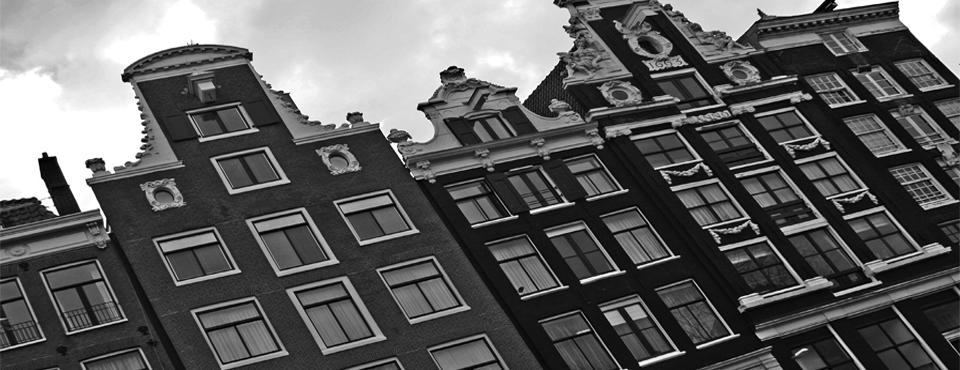
Historic buildings and income sorting
Why is the city centre of Amsterdam with the canals so expensive? Why are people willing to pay more to live in Kralingen, Rotterdam, than in the city centre? One important reason, although it is certainly not the only one, seems to be the presence of historic buildings. In the Netherlands, but also in other countries, we observe that these buildings are heavily protected by local authorities. People residing in buildings that are officially listed in the Rijksmonumentenregister (Listed building register) are not allowed to make major changes on the inside and outside. New development is also almost completely prohibited in areas that are designated as historic districts.
As an urban economist I’m always interested whether place-based policies have any economic effects. The policies to protect historic buildings are certainly place-based. In a recent SERC discussion paper, together with Jos van Ommeren and Piet Rietveld, I therefore have answered two questions. First, is it the case that historic amenities are valued by household. If protecting historic neighbourhoods yields large benefits, these policies may be welfare improving. Second, is it the case that rich houseowners put more value on historic amenities than poor households? So, historic amenities may be a kind of luxury good. If that is the case, this may lead to sorting of rich households in historic neighbourhoods, like Rotterdam’s Kralingen.
We have evaluated the prices of houses as an indicator whether people like to live in historic districts (beschermd stadsgezicht) and listed buildings (monumenten). The figure below shows that there is clear price difference at the boundary of the historic district of about 10 percent. Also if we include a plethora of control variables, it is shown that this price difference is very similar. In other words, this price difference may either represent the willingness to pay for historic amenities or the willingness to pay for rich neighbours. Economists refer to the latter effect as a sorting effect. Indeed, the picture on the right reveals a clear jump in the gross income of households at the historic district boundary.
Using some fancy econometric methods, we distinguish between the effect of historic amenities and the effect to live close to descent neighbours. When we control for sorting and compare a low income household (€ 1,500, gross income per month) and a high-income household (€ 7,500 per month), the difference in the willingness to pay for residing in a historic district is about 1.8 percent. Although this difference may seem quite small, it is still a large share of the average effect of historic amenities on house prices. For residing in listed buildings, we find a similar relationship.
It may therefore be concluded that history has a strong impact on how households sort within cities. More specifically, policy makers should be aware of the fact that long-term policies that preserve historical buildings in specific cities may have large long-term spatial effects and may cause social segregation, as high income households are attracted disproportionally by historic amenities.

